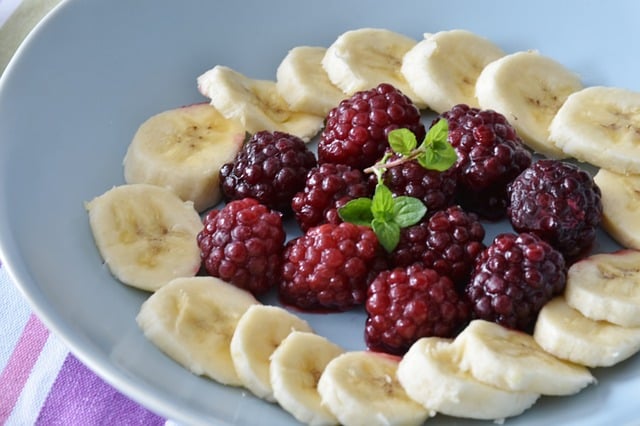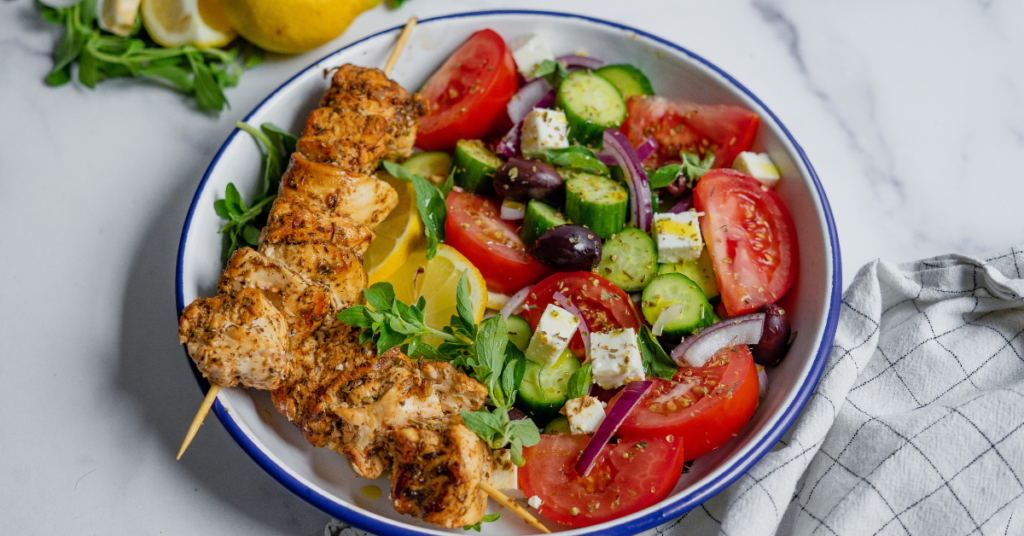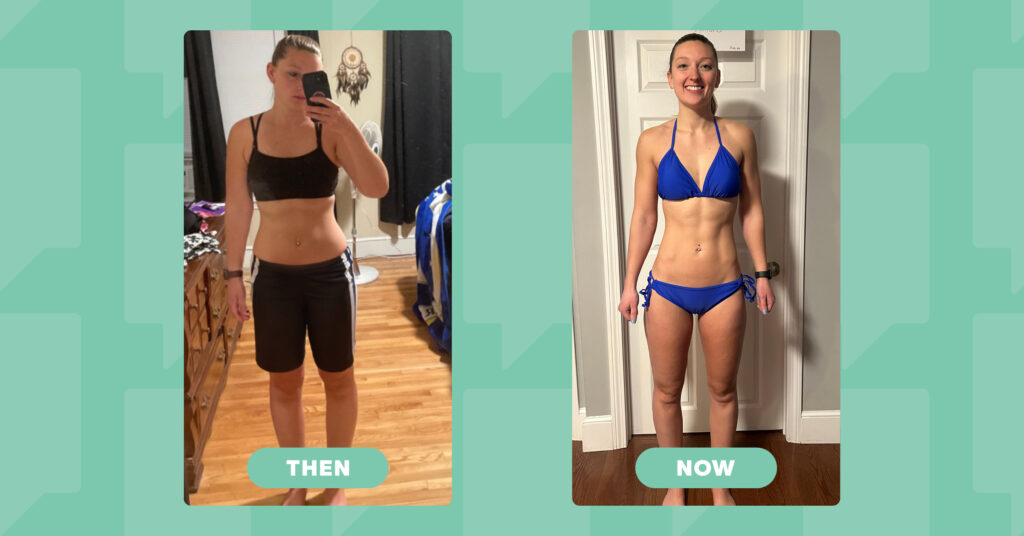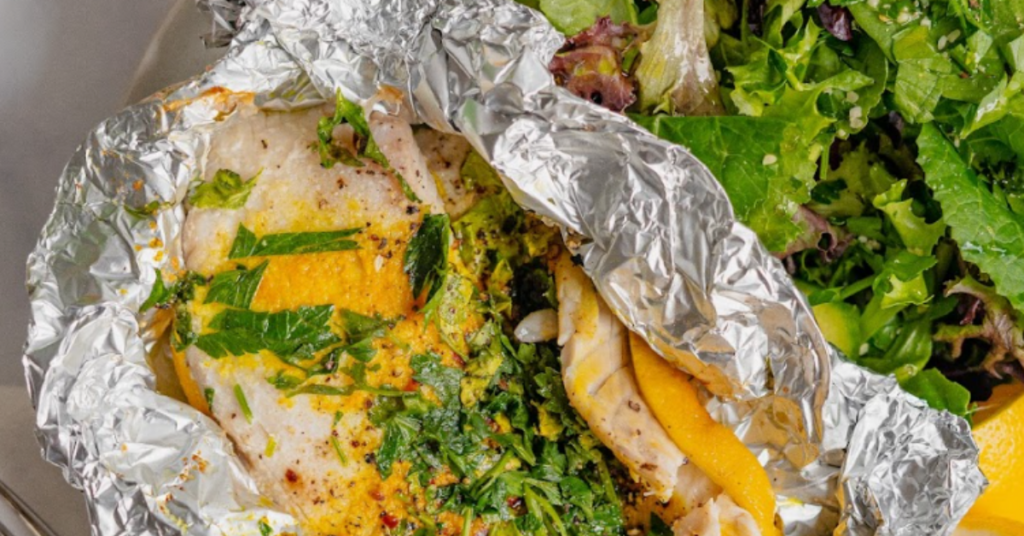I say it all the time. It’s not just what you eat, it’s how you eat, and for that reason, this blog isn’t going to be a list of foods you already know you should buy. If dieting success was as simple as giving people a list of foods, everyone would already be in shape, and the staff of SU would be working in another field, but it’s not so simple. Talking recently with coach Jeb, we were discussing the parts of the nutrition field we truly love. For me it’s hardly the deep sciences, that’s not my jam. Not because it’s boring, or I don’t understand it, or because we have most of the stuff we ever need to know to help people lose body fat, get healthier, and develop a better attitude towards food — and that will always be because of key principles like energy balance and the learning the roles that macronutrients play. What we still need to figure out is you, the human. We need to solve the real problems. Food strategy.
What I love most is figuring out the strategies of eating. Finding the real challenges and creating solutions. Not just giving that frustratingly simple reply of “eat less move more”. I actually hate that advice because it never helps anyone. You’ll never find someone who read that in a Facebook reply or in an Instagram meme who had a light bulb moment and tossed their lunch in the trash and ran around the parking lot.
Everything we do with food starts with our environment — what’s around us. A big part of everyone’s environment is the home and what foods make it in our houses can make or break a good nutrition plan. I started thinking of all the questions we get at SU and they rarely focus on the true beginning. The grocery store. Most questions people, in general, have about food are reactive questions, not a proactive one. How do I stop eating the food that’s around me vs how can I make sure it never gets around me. I’m all about food freedom and eating things you enjoy if it fits but we have to address the elephant in the room. Most of us shouldn’t bring these foods into our world until we are certain we improved our relationship with them. For many of us, what that means is changing our grocery shopping habits.
So, how do we do it? I’m going to give 6 proactive tips for improving your environment starting at the grocery store. This won’t be a complete fix but my goal is to at least increase the chances of success for you and the people in your home. I’m also going to tell you why it works.
1. Shop off-peak hours
Peak hours in grocery stores are mid-day weekends, right before big sporting events, and between 4pm-6pm (after traditional work hours). If you can shop early or late in the day you’ll avoid the crowds and be in and out. I like this one because many of the times we make poor choices in the store can come down to stress and time spent in a less than ideal environment. Stress leads to poor decisions and being around every food you can imagine is a recipe for disaster. Help yourself make better decisions by getting in and out.
2. Make a list
A lot of us get to the store then start thinking about what we want. Bad idea. Grocery stores aren’t stupid. They know how to lure you into buying the things you probably don’t need. I’m big on having a plan aka a list because it reduces the chances of being influenced by something you shouldn’t buy. Take some time before the trip to write down the foods that align with your goals, not your temptations. Remove the opportunity to say yes to the wrong thing by leaving it off your list. It won’t always work but it might keep you out of the danger zone where all those high-calorie snack foods live. Don’t invite the opportunity to mess up.
If you’re an SU member check this post for some list ideas, or do us one better and share your list in the group! If you’re not a member, what the heck are you doing? Jump in!
3. Leave the kids at home
I’m not a parent yet but I do have a lot of experience working with them and one of the biggest challenges I see is from the food your kids want. It’s normal to have a pantry full of snacks the kids like and a lot of that starts with their sticky hands running up and down the aisles with you. It doesn’t matter if they’re a toddler or a teen, they are attracted to a lot of the things that are getting you in trouble. A lot of the things that will eventually make it in your house haven’t even been discovered yet either. For your health and theirs, remember, ignorance is bliss. Don’t expose them to the madness that’s in today’s stores.
It sounds silly, I know, and maybe inconvenient for busy parents, but give it a try. You’ll shop more quickly, smarter, and everyone will be better because of it.
4. Don’t show up hungry
No duh, right? This is probably the most common shopping tip but a little reminder never hurts. Please don’t show up to the grocery store hungry. You’ll shop with your eyes instead of your goals. Before you get to the store have a good meal prior (but keep your macros in check!) and you’ll be more likely to stick to that list mentioned above.
5. Self check out
Think about your surroundings when you’re in a typical checkout lane. Every candy you can imagine, gossip magazines, and sometimes diet magazines that tell you the opposite of reality. Please don’t look at those. It might be a good idea to go to one of those self check out counters, huh? Sure, there might be some of the same temptations and magazines, but you’ll spend far less time hanging out in the line staring straight at them. The less junk you can be exposed to the more likely you’ll be to avoid it. That goes for both the food and the information we consume.
6. Smaller packages
This tip comes from the Sunk cost fallacy which suggests we continue a behavior due to previously invested resources. In this case, money spent on the food you probably shouldn’t eat much of anyway. Think of a bag of Doritos. You say to yourself, “hey I can work these in”. You buy them, eat a few servings and everything seems ok. But what happens later that day or the following night. You say “ehh I spent money on these so I need to get my money’s worth”. And now you’re over your allotted macros and your fingers are bright orange. You’re not fooling anyone. But what if you bought a smaller package? You’d eat the single serving and it would be gone.
For this reason, I suggest smaller packages. You won’t feel obligated to finish the large package since you paid for it, and you’ll be satisfied. In addition, you won’t be enticed to overdo it because it’s not there. Out of sight, out of mind. Save money, save macros.
7. Shop online
The final tip in this ultimate grocery shopping guide is shopping online. Many stores these days have your convenience in mind. Sure it may cost a few more bucks but the benefit outweighs the cost in most cases. It’s basically all the tips above packaged up into the perfect solution. Time, influence, a plan. It’s a win every which way. All you do is fill your “cart” show up or have it delivered, and you’re done.
I believe that learning how to grocery shop well is a fundamental skill that nearly all successful SU members share. The grocery store is the first step in not only learning how to control your food environment, but it’s a gigantic lifesaver when it comes to having food available to fit into your plan. Becoming an expert at navigating a grocery store with your goals in mind isn’t something that happens overnight, sure. Like all things, it’s a skill. But it’s a skill that if you can invest the time and energy into, you’ll reap the rewards for decades to come.









